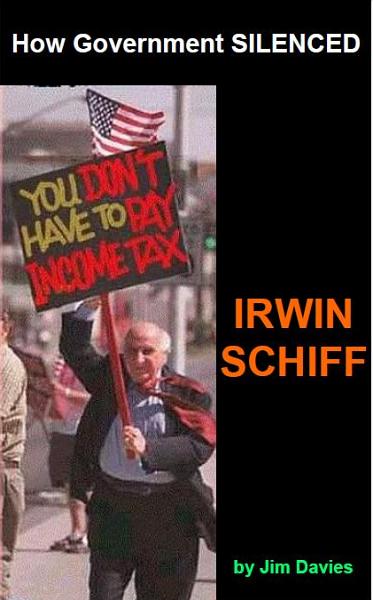
|
25A051 A Society of Thieves by Jim Davies, 12/23/2025

The continuing existence of a kleptocratic government is transforming us all into robbers. Two questions pertain: (a) Is that true? (b) Is it wrong; does it matter? I suggest yes, unfortunately it is true and that yes, it matters a great deal. Let's check these. It's true because government is a mega-thief, and so arranges us plebs that we live at each others' expense. If we recall some of history's biggest robbers, we might think of Willie Sutton (who robbed banks because that's where the money is), Butch Cassidy, the Sundance Kid, Jesse James, Frank Abignale, Bernie Madoff, and Carlo Ponzi. I'll exclude Robin Hood, because he stole from Norman tax collectors and gave the loot back to Saxons who had earned the money; but I will include Ronnie Biggs, Britain's Great Train robber. However, no list that I found includes the Federal Government. It seems all writers on the subject give it a pass. It is, even so, by far the biggest thief in human history, which suggests those list writers have succumbed to the process named in the first line above. The FedGov owns no money whatever, since it is by definition not part of the market (none of its transactions are voluntary), so every cent it spends is stolen, as tax in one form or another; and it spent, in 2023, $6.1 trillion. It therefore stole $6.1 trillion. It's a mega-thief. But is it turning the rest of us into thieves? - yes. It does so by handing back to us part of that massive heist in the form of goodies; and by begging us to beg for more by voting; ie endorsing the system. We are all, increasingly, being conditioned to imagine we are "entitled" to live at our neighbors' expense rather than by our own labors; we're being turned into robbers. It matters, because theft is morally wrong. Let's examine why. A few generations ago it was obvious: "Thou shalt not steal" is the Eighth Commandment, so we're each under orders of the creator of the universe not to have sticky fingers. But that presupposes that such a creator does actually exist; and that's not obvious at all. It's impossible to prove. So as a basis for morality, that foundation is ephemeral. Because all in government wish to stay in their comfy, theft-funded jobs they are not in a hurry to discover or promulgate the firm foundation, of the Self Ownership Axiom (SOA) - because it not only forms the basis of morality, it completely undermines government. It works as follows, and is quite simple. The SOA is irrefutable (if you don't own yourself, who does and how did he acquire title to your life?) so every part and aspect of "you" is yours, exclusively. That includes your labor. You choose to exchange your labor for some property (eg, money) and therefore that property is yours exclusively. You have the natural right to control it; you are its owner. And that's also true of everyone else; person and property, all theirs. Hence, the rational basis for morality: the moral "good" is to respect everyone's person and property as his or hers, and the moral "bad" is any action that damages or removes his person or property without his explicit, uncoerced permission. As any 5-year-old can grasp, "don't hurt people, or take their stuff." So, theft is morally wrong. It matters. There's only one fix for this, namely the total disappearance of government in all its forms and levels. That's because its core nature is that it is a non-market institution: it does not interact with people in a voluntary way but by compulsion. Hence it can never have any money of its own (obtained by voluntary exchange in a market) and so must steal it. Theft is an integral part of its fundamental nature. That nature, it cannot change. So it has to go. The alternative is for all pretense of moral conduct to disintegrate and for the already endemic culture of theft to show itself in endless violence; society will inevitably collapse. Transition to Liberty visualizes how that disappearance will happen, and you are needed.  GOLD hit $4,400 an ounce this week. 25 years ago, it sold for $300. So the dollar has 14.7 times less purchasing power now, by that measure, than it did when the 1990s ended. That's an inflation rate of over 11% a year, average. It's another form of government theft. |
|
||||||||||||||||||||||||||||||||||||||||











